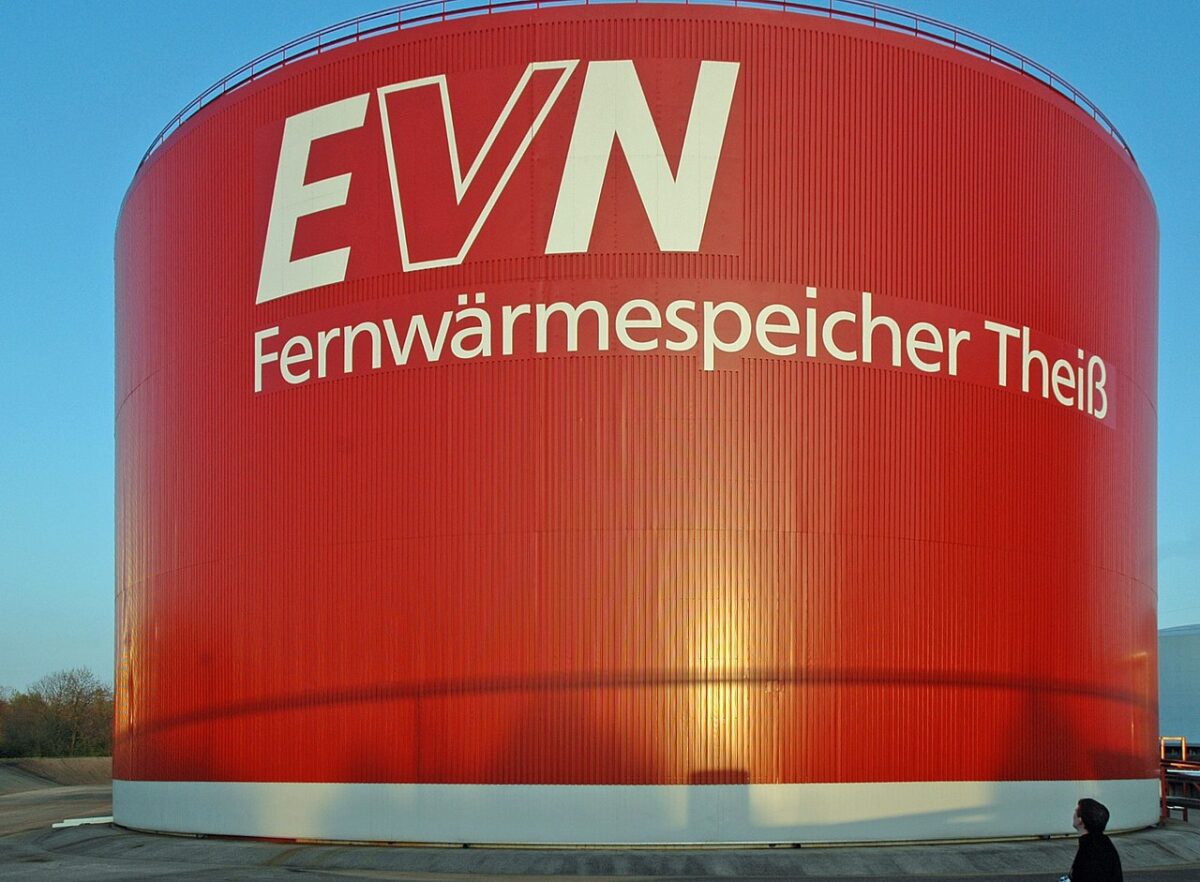Scientists from the University of Ljubljana in Slovenia have developed a heat pump (HP) booster as an alternative to vapor compression technology in ultra-low-temperature district-heating (DH) substations.
“Fourth-generation DH systems are still suitable for the low-temperature heating of spaces, but the temperatures are too low for domestic hot-water preparation,” the researcher explained. “Boosters can increase the temperatures for low-temperature DHs to the levels needed for space heating systems and for heating sanitary hot water, can be used. These boosters can be applied centrally for an entire building or locally for an apartment.”
Thermoelectric (TE) modules are components that take advantage of the Peltier effect. They consist of multiple pairs of n-type and p-type semiconductors, and when electric current passes through them, one side of the module becomes cooler while the other side becomes hotter.
In the proposed system configuration, ten single-stage Peltier modules were used, each with a maximum cooling power of 165 W and a maximum electric power of 289.2 W.
“The TE modules were placed in pairs in five rows along the heat exchanger (HEX). The 10 TE modules are enclosed by insulation and sandwiched between two pin-fin heat exchangers,” the group stated, noting that the DH system’s water flow divides into two flows, one flowing through the cold heat exchanger and the other through the hot heat exchanger in a counter-current manner.
The TE modules between the hot and cold heat exchangers pump the heat from the water in the cold heat to the water in the hot heat exchanger. The heated water then flows to the thermal storage tank, according to the researchers.
Popular content
The academics conducted a numerical simulation of the system via a small-scale experimental DH simulator. They said the experimental system can mimic a real system and its features, and is capable of being upscaled for real applications.
The simulation showed that the heat pump booster can efficiently increase the water temperature by up to 10 C, with a coefficient of performance (COP) of 2.4. Using the set-up together with the DH substation, the results showed that at a flow rate of 180 ml/min and a heating power of 134 W, the booster reached steady operation in five minutes and raised the temperature in the water tank from 30 to 32 C to 40–42 C.
“Despite its lower exergy efficiency compared to vapor compression, this technology offers advantages such as compactness, silent operation without vibration, easy power control, and longevity,” the researchers concluded.
Their findings were presented in “Small demonstrator of a thermoelectric heat-pump booster for an ultra-low-temperature district-heating substation,” published in Applied Energy.
This content is protected by copyright and may not be reused. If you want to cooperate with us and would like to reuse some of our content, please contact: editors@pv-magazine.com.


By submitting this form you agree to pv magazine using your data for the purposes of publishing your comment.
Your personal data will only be disclosed or otherwise transmitted to third parties for the purposes of spam filtering or if this is necessary for technical maintenance of the website. Any other transfer to third parties will not take place unless this is justified on the basis of applicable data protection regulations or if pv magazine is legally obliged to do so.
You may revoke this consent at any time with effect for the future, in which case your personal data will be deleted immediately. Otherwise, your data will be deleted if pv magazine has processed your request or the purpose of data storage is fulfilled.
Further information on data privacy can be found in our Data Protection Policy.